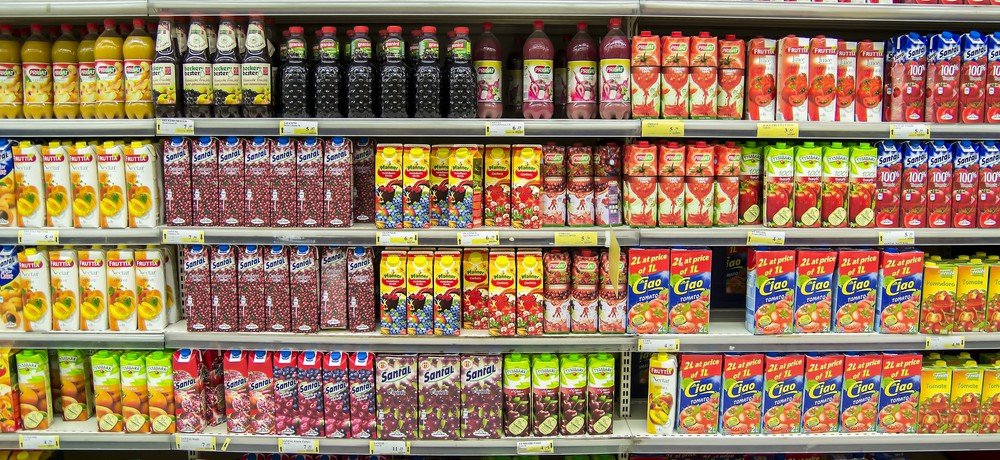How to Prevent Customer Confusions
Customer confusions occur due to the lack of confidence or due to the over information and it leads to confusions in purchase decisions. If the product information overload occurs then the human information processing capabilities do not support to interpret, so that a cognitive overload occurs and finally it creates a sub-optimal decision making and confusions. The increase in information about products such as features, price, warranty, packing, brand, and ingredients, etc causes information overload and it leads to the dysfunctional performance of information processing system and leaves a question mark in the minds of customers in order to take purchase decisions.

If the product line increases for a particular brand then the product information also increases in order to support the customer purchase decisions, but here differences in human’s information processing capacity and interpretation capabilities causes misunderstands and misinterpretations. Here the probability of confusions increases with the increase in product line size, so with the increase in information processing complexity, customer purchase decisions and confusions increases.
Various factors influence customer’s purchase decisions these may be intrinsic or extrinsic and causes positive or negative emotional reactions, these reactions either cause approach behavior or avoidance behavior. The cognitive overload of information causes negative emotional reactions and creates unpleasant environment feeling in the minds of the customer. Which finally leads to avoidance behavior such behavior makes the consumers search for the pleasant environment created by other brands.

Customer confusion occurs due to various other factors such as similarity in products features, price and quality, etc, too much information due to the product line of the brand, customer perceptions while buying, misunderstanding of information and mismatch of word of mouth and product information etc all these factors causes confusions in the minds of the target customers regarding buying decisions. Such conditions may bring peculiar changes in the customer behavior such as postponement, avoidance, seek additional information, share purchase decisions, influence toward word of mouth, switching over to other brands etc.
These confusions are listed as follows.
-
Similarity confusion

Product similarities and customer perceptions lead to misinterpretation of brand evaluation and cause similarity confusions. The reasons behind similarity confusions may be due to physical similarity of various products, brand imitations, similar websites and information imitation etc
-
Overload confusion

The main reason of customer confusions is due to information overload, it is stated as an increase in information overload strengthens the customer confusions. The increase in a number of product lines can make the customers less confident about the purchase decisions.
-
Unclearness confusions

Positive and negative emotional reactions caused by the intrinsic and extrinsic factors can influence the customer’s perception and leaves a question mark. In such conflicting unclearness situations, buyers like to postpone or avoid buying. Unclearness confusions mainly arise due to the complexity of products and conflicting information.
How to reduce customer confusions
Product similarity, information overload, and conflicting information may cause customer confusions while they are taking purchase decisions. These confusions may make them avoid purchases or forces them to postpone the purchase. So marketers should concentrate on this very sensitive aspect while promoting, selling and introducing various product lines.
Consumption vocabulary
Explaining product features, ingredients, benefits and other qualities of the product to the customers while they are purchasing a product or prior purchases, enables them to identify product attributes and it helps in evaluating value created by the product and brand. The increase in consumption vocabulary with the increase in product lines and similar products highly reduces the confusions of the customers regarding their buying decisions.
Familiarity

Product familiarity highly reduces the decision-making efforts of the consumers. Whenever they face similar products then product familiarity motivates them to take quick purchase decisions due to the positive attitude towards the familiar products. Developing brand familiarity with the target customers maximizes the customer’s desire to purchase the products. Brand familiarity maximizes the product knowledge and helps them in understanding the features and benefits of the products and makes the customers to buy the products with clarity.
Uniqueness
Product uniqueness can create a positive impact and occupies a district place in the minds of the customers. While they purchase products confusions may arise due to product similarity. Knowledge about products and its uniqueness reduces the misunderstandings and confusions during purchases. Product uniqueness differentiates the products from other products and reduces the probability of confusions and complexity in decision making.
Sample products

Sometimes customer’s confusion regarding products can make them avoid purchases during the last minute of buying also. So providing sample products to the customers while they are buying products maximizes their confidence to take purchase decisions.
Assurance

The assurance given by the brand can act a promise to deliver better products and services; it maximizes the product value and helps in occupying a district place in the minds of the customers. Providing warranty and guarantee doubles the customer’s positive attitude towards the products




